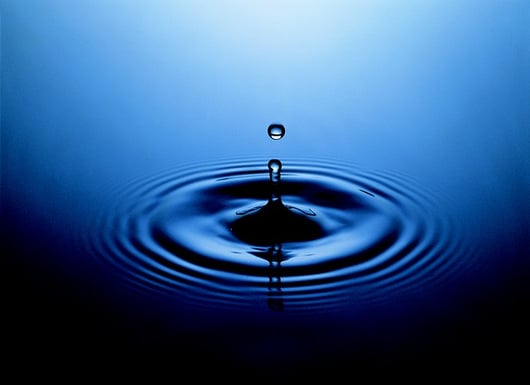
Bacteria is a common problem with all industrial water systems because there are many factors which can contribute to bacterial growth. The feed water used in industrial water treatment systems is treated with free chlorine to prevent and remove bacteria. However, during industrial water treatment, this free chlorine is removed, thereby increasing the risk of bacterial growth.
What Happens To Bacteria-Infested Treatment Systems?
In order to prevent system-wide bacterial contamination, early detection is crucial. If this is not done, bacteria can quickly spread. The most obvious sign of advanced contamination is the formation of bio film, which is essentially a shield of organic compounds that forms over bacteria. Bio film is incredibly difficult to remove.
Preventive Maintenance
Bacteria will have far less opportunity to enter a treatment system and thrive when proper maintenance is conducted proactively and on a regular basis. This preventive maintenance can be undertaken by well-trained staff in house, or a professional can be contacted to recalibrate the system.
Chemical, Heat & UV Application For Prevention Of Bacteria
System-wide bacterial contamination can be stopped before it starts with chemical prevention measures. Many of these are best carried out by trained professionals so as to ensure the right concentrations and conditions.
Hydrogen peroxide is composed of water and oxygen, and is the simplest germicidal agent used in the industry. Many types of bacteria can be eliminated with hydrogen peroxide, with no risk of damage to the treatment system.
A popular, non-chemical sanitisation method is to use heat. This can be effective both as a prevention method and to overcome existing infections. However, this is only true if the system can handle the high temperatures generated by this method.
Another non-chemical method for the prevention of bacteria is ultraviolet light. This treatment is best applied as a preventative measure, as it may not be sufficient to eradicate established bacterial growth unless another method is used alongside it.
Treatment Of Existing Infections
A very effective means of eradicating existing bacteria from a system is to use a combination of hydrogen peroxide and per-acetic acid. When diluted, this solution is ideal for Reverse Osmosis systems, where sensitive membranes can be cleaned of bacteria without risk of damage.
The application of sodium hypochlorite is another useful way to eradicate bacteria from an industrial water treatment system. However, special care needs to be taken with the dosage that’s mixed and applied.
Water Filters That Remove Bacteria From Water
The bacteria Cryptosporidium, although most commonly known to affect drinking water, can also be found in manufacturing facilities which come into regular contact with steam. Cryptosporidium can be killed with chlorine, but the chemical will need to be applied for a long period of time in high doses, which is not appropriate for facilities manufacturing food and drink. Cryptosporidium filters are capable of removing the bacteria without the risks associated with strong chemical treatment. These filters are available in both ceramic and cartridge versions.
Industrial Reverse Osmosis can also be very effective at removing cryptosporidium and other bacteria. This process involves passing water in a crossflow direction over and through a fine membrane, which traps contaminants and bacteria However, feed water must also be chemical or heat treated before being sent through the system in order to ensure complete bacteria removal.
The industrial deionisation process sees water passing through electrically-charged resins, which attract the anions and cations in the water. However, the regeneration of these resins requires the application of caustic soda and other strong chemicals. Often, the continuous deionisation (CEDI) process is chosen, because it doesn’t require the use of chemicals for the cleaning of resins. The continuous electricity present in a CEDI system makes bacterial growth impossible.
Effective Monitoring
One of the most efficient ways to prevent bacteria invading a facility is to ensure that the system is monitored properly and on a regular basis. The way in which this is done will depend on the type of water treatment system being used.
Regular monitoring is crucial, as is the taking of regular water samples for microbiological analysis; something which should be done each month. In order to ensure that regular monitoring takes place, a process for monitoring and reporting protocols needs to be put in place. This will ensure that a history of treatment and system health is gathered, which can be used to trace the source of bacterial infections should they occur.
This Resource Can Provide Professional Answers For Free
There are many ways that bacteria can enter a water treatment system, and many ways to ensure proper prevention and treatment of bacteria. Our water treatment professionals at Wychwood have years of experience in bacterial treatment and prevention, and have created a free resource that can help you choose the best methods for you. Our Guide to Industrial Water Purification Systems explains the options available for reducing the risk of bacterial contamination. Of course, we are also available to speak in person if you require more assistance. Simply email us on sales@wychwood-water.com.









 We are a specialist independent company involved in water purification and water treatment technologies
We are a specialist independent company involved in water purification and water treatment technologies


